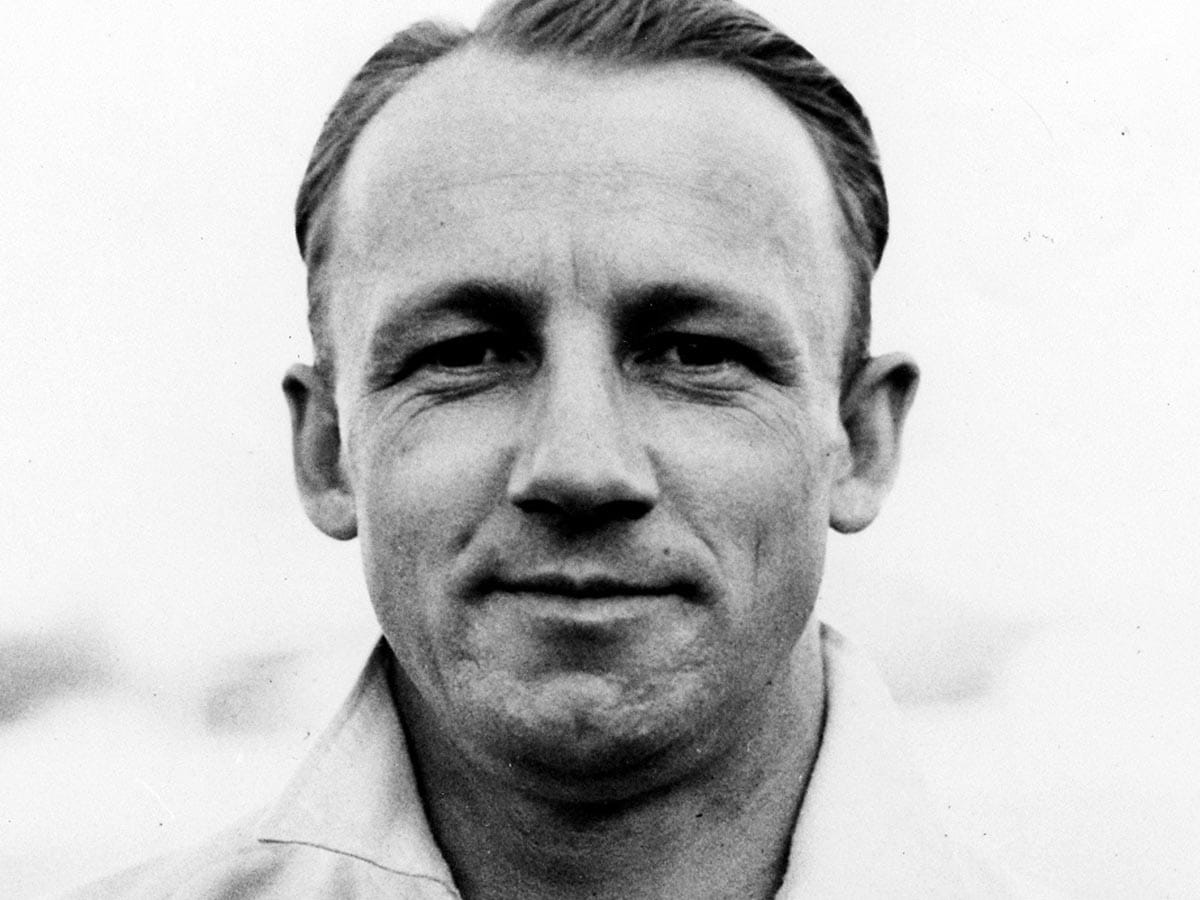
On 30th November, 1928, Don Bradman walked into the field at the Brisbane cricket ground to play in his first Test match. He did not distinguish himself in his first match and scored only 18 runs in the first innings and one run in the second innings as England won with a huge margin of 675 runs. So there was no indication that one of the greatest careers in the history of cricket had begun.
Over the next few years Bradman dominated the game like no one else had done. Some called him the greatest sportsperson that ever lived. Although he played his last match in 1948, his career batting average of 99.94 has never been equalled or surpassed by any batter till now. He was every young cricketer’s idol and role model.
But who were his own role models? Whom did he fashion himself upon? How did he acquire his unparalleled skills? What opinion did he have about his teammates and opponents? What did he think of Indian players who played against him? The answer to these intriguing questions can be found in his autobiography titled A Farewell To Cricket which was written shortly after he retired from the sport.
In the book he describes his childhood when his family lived in a remote region near Bowral in the state of New South Wales. There weren’t many other people living nearby. So he didn’t have many friends but he did have one brother and three sisters. However, every weekend all the families would gather and a game of cricket would be organised. That was little Donald’s first exposure to the game. He took a great liking to it and began practicing every day.
His brother and sisters played occasionally but they did not share his great enthusiasm for the game. So most of the time he would practice by hitting a golf ball against a wall with the aid of one cricket stump. He scored his first century at the age of 12 while playing for his school. His team scored 156 out of which Bradman’s contribution was 115.
Bradman’s first experience of a Test match was when his father took him to Sydney to watch a match between Australia and England in 1921. After watching the action for some time, Bradman told his father: “I shall never be satisfied in life until I have played a Test match on this ground.”
Johnny Taylor was his boyhood idol
It was at this match that he saw Johnny Taylor playing in the Australian team. This player became his boyhood idol. Taylor represented Australia for six years from 1920 to 1926. He was not an extraordinary player but what attracted Bradman to his game was his attacking technique. Also he was of the same height and build as Bradman so the latter saw in him the kind of player that he would like to become.
For Bradman Bill O’Reilly was most dangerous
When he became the world’s topmost batsman, Bradman considered his teammate Bill O’Reilly as the most dangerous bowler in the world. Standing more than six feet tall, O’Reilly had the physique to be a fast bowler but he was a leg spinner. However, he delivered the ball at almost medium pace and could extract bounce and turn even from lifeless wickets.
In his autobiography Bradman has also named Harold Larwood as the fastest bowler he had ever played against. Larwood was Bradman’s nemesis during the infamous Bodyline series in 1932-33.
Lala Amarnath was a charming man in all respects
Bradman had played against several Indian players and among them he had the highest regard for Lala Amarnath. He has written: “I found Lala Amarnath to be absolutely charming in every respect. A wonderful sense of camaraderie existed between the Australian and Indian players. Lala believed in speaking his mind at all times. He had no fear of any authoritative figure.”
About the incident when Vinoo Mankad ran out Bill Brown at the non-striker’s end, Bradman supported Mankad to the hilt. In his autobiography Bradman has written: “Mankad was so scrupulously fair that he warned Brown on the first occasion before taking the final action. We (Australian players) considered it to be a legitimate part of the game.” However the Australian media did not have the same view and criticised the Indian all rounder.
After his wife’s death in 1997, Bradman himself became less energetic. On his 90th birthday, he invited his two favourite players Shane Warne and Sachin Tendulkar for a meeting. Tendulkar was impressed with Bradman’s sharpness and sense of humour. During his career Bradman got respect and admiration even from his opponents. In 1939, Great Britain named a ship after him.
Bradman passed away at the age of 92 but left behind a legacy that will never die.



